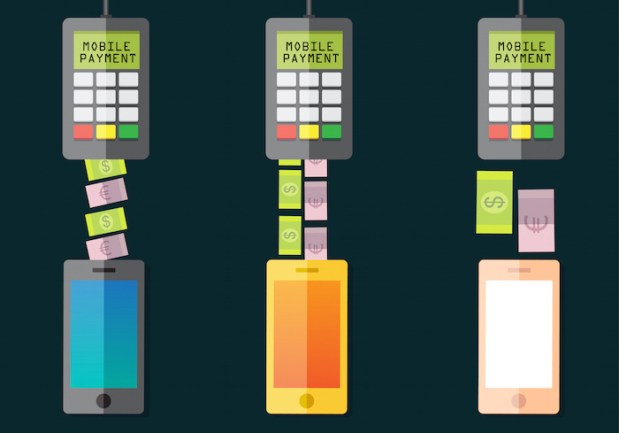FIS Thinks An Arduous 2015 Set Groundwork For Success In 2016

The PYMNTS team caught up with experts in the payments field to ask them their views on industry trends, predictions for the coming year and what their ideal payments system looks like.
Bob Legters, senior vice president of product at FIS Global, shared his views on how disruptions to the payments industry in 2015 could lead to fruitful developments that will last for decades to come.
PYMNTS: What have the big trends, obstacles and success been in 2015 so far?
BL: I call 2015 the Year of Necessary Distraction. There were inevitabilities that came to light in 2015 that every issuer and every retailer had to deal with, none of which were dramatically strategic. EMV is a great example – a lot of work for processors, a lot of work for issuers and a lot of decision to make for retailers. Nobody was doing that as a part of a larger deployment strategy. It was just one of those big things that had to be done. It certainly wasn’t a waste of time, but when you talk about the big challenges that issuers and retailers have been facing, EMV isn’t quite the panacea some might think it is.
PYMNTS: If 2014 was the year of the theoretical and 2015 was the year of the logistical, what is 2016?
BL: Execution. You’ve made your decision to move into EMV – now you’ve got to finish moving your portfolio over and educate consumers. You’ve got your wallet decisions made – now you’ve got to get that message out to your clients. In 2016, you should see the issuers focusing heavily on education and reinforcement to the consumer. Innovation is very expensive, especially for issuers and retailers. There’s one sure-fire way to fund innovation, and that’s growth, which will be a primary focus for the industry in 2016.
PYMNTS: In a perfect world, what does the ideal payments solution look like?
BL: The perfect solution starts with an easy-to-engage-with consumer experience. The second element is ubiquity in the retail space – the place to spend. Any single solution wouldn’t be able to feed the requirements of all the individual consumer profiles out there, though, so you might have to see 50 ‘ideal payments solutions’ before all of the industry’s needs are met.
